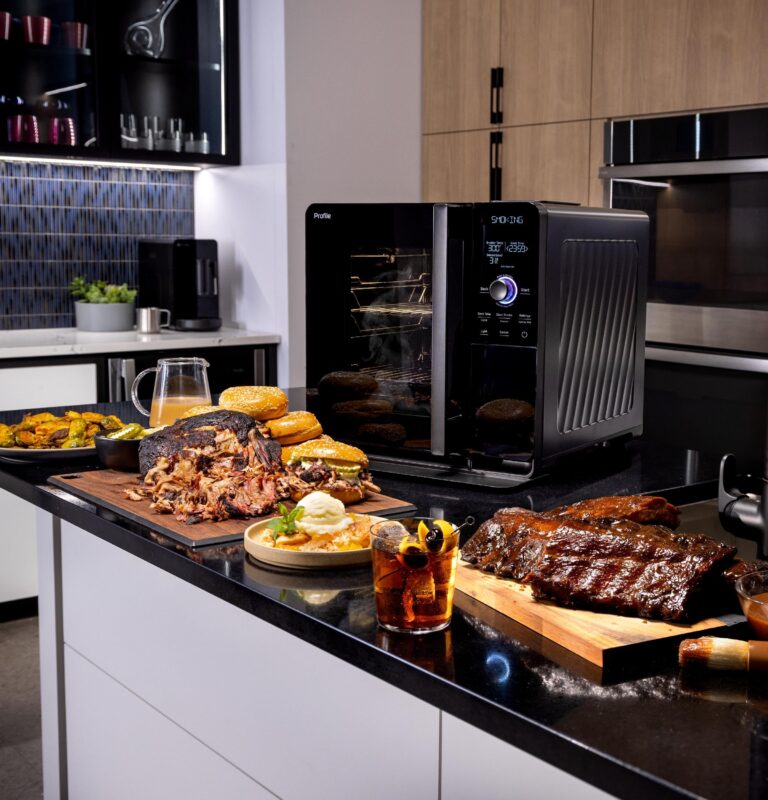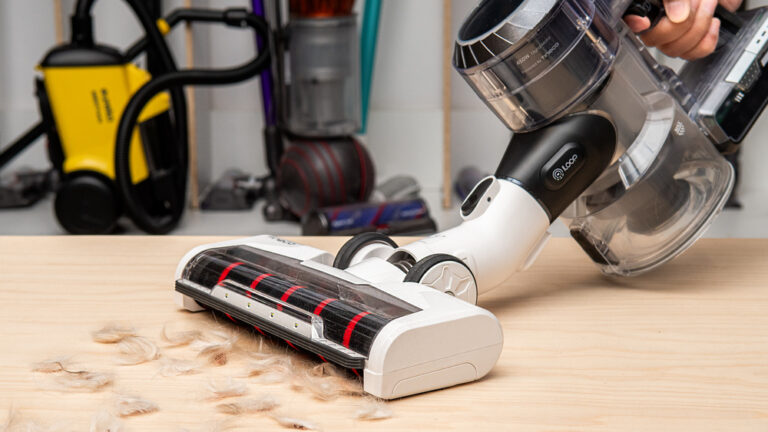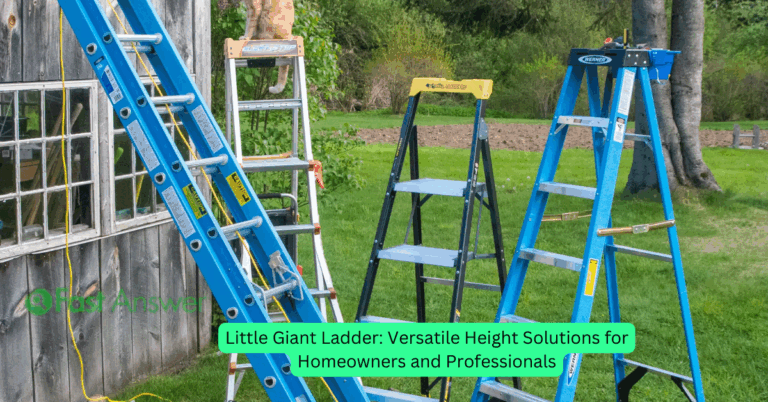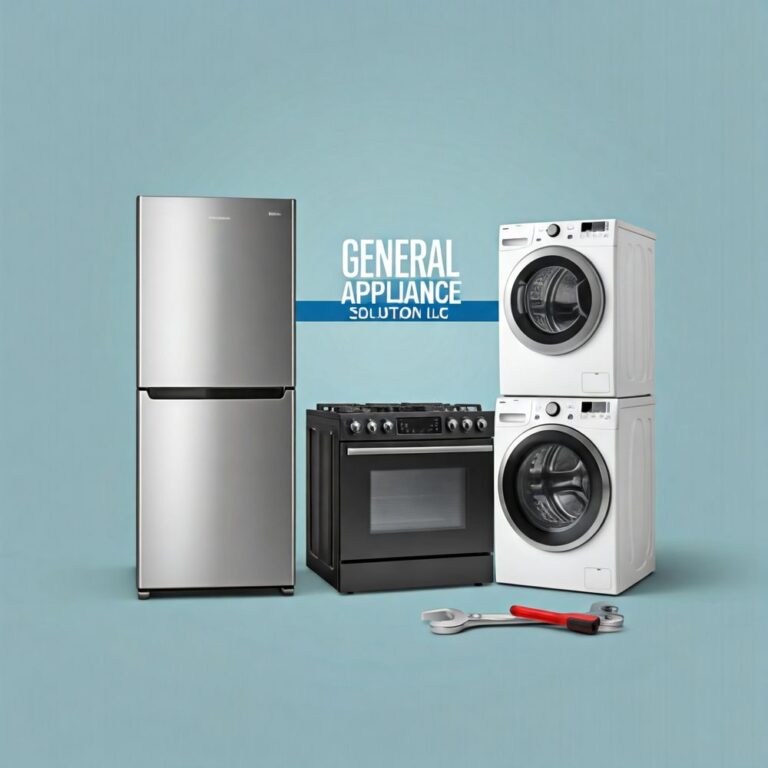Home Appliance User Manuals and Setup Tips: A Comprehensive Guide for Smooth Installation and Operation
Setting up new home appliances can be an exciting yet overwhelming task. Whether it’s your first time installing a washing machine, refrigerator, or smart thermostat, understanding how to set up and use these devices is crucial for optimal performance and longevity. Home appliance user manuals and setup tips play an important role in guiding you through the process, ensuring your appliance runs smoothly from day one. This guide will cover essential tips and advice for properly setting up your appliances and getting the most out of your user manual, so you can enjoy hassle-free operation and avoid costly mistakes.
The Importance of Reading User Manuals Before Setting Up
User manuals are often overlooked, but they contain essential information that can help you set up your home appliance correctly. These manuals provide step-by-step instructions on installation, safety precautions, and troubleshooting, allowing you to ensure your appliance works as intended. Whether you’re setting up a new refrigerator, air conditioner, or smart appliance, the manual typically includes valuable insights on assembly, recommended power sources, and maintenance tips. By thoroughly reading the manual before use, you can avoid common installation errors, reduce the risk of appliance damage, and even extend its lifespan.
Step-by-Step Setup Tips for Common Home Appliances
Setting up home appliances can vary significantly depending on the type of appliance. However, most setups follow a similar structure. For example, when installing a washing machine, start by checking the water connections, leveling the machine, and ensuring the power supply is secure. If you’re setting up a smart refrigerator, connect it to Wi-Fi to enable features like remote temperature control and inventory tracking. Microwaves, on the other hand, require proper ventilation and placement to avoid overheating, while dishwashers need to be aligned with plumbing connections. By following the manufacturer’s instructions step by step, you ensure that your appliance is installed correctly and safely.
Common Mistakes to Avoid When Setting Up Appliances
While setting up home appliances seems straightforward, there are several common mistakes that can cause problems down the line. For instance, many people forget to remove packaging materials from appliances before turning them on. Refrigerators often have protective film or packaging inside that must be removed before they are powered up. Another common error is placing appliances too close to walls or other objects, obstructing airflow. For air conditioners or fans, ensuring proper ventilation is key for efficiency. Additionally, not securing smart appliances to your Wi-Fi network can prevent them from functioning optimally. Be sure to double-check your setup to avoid these issues and get the most out of your appliance.
How to Troubleshoot Common Setup Issues
Even with the best preparation, issues can arise during setup. If your appliance doesn’t seem to be working correctly after installation, refer to the troubleshooting section of the user manual. Some common issues include incorrect power supply, where the appliance isn’t receiving the right voltage, or improper placement, leading to overheating or malfunction. For smart devices, make sure you’ve followed the pairing or installation process correctly, and ensure your Wi-Fi connection is stable. If the appliance is still not working as expected, many manufacturers offer customer support via phone or online chat to assist with setup problems. Don’t hesitate to reach out for help if needed.
Maintaining Your Appliances After Setup
Proper maintenance is essential to keep your appliances functioning efficiently. After the initial setup, follow the user manual’s maintenance schedule, which often includes filter replacements, cleaning tips, and periodic checks for potential issues. For example, a dishwasher may require regular descaling to prevent mineral buildup, while a microwave should have the interior wiped clean after every use to avoid food residue. Keeping up with these maintenance tasks ensures your appliances run efficiently and last longer, helping you avoid costly repairs and replacements.
FAQs
1. Why is it important to read the user manual before setting up an appliance? Reading the user manual ensures that you set up the appliance correctly, avoid common installation mistakes, and follow safety protocols to prevent damage or malfunction.
2. Can I install appliances like washing machines and dishwashers on my own? Many appliances, such as washing machines and dishwashers, can be installed by following the instructions in the user manual. However, for certain tasks like connecting plumbing or electrical wiring, it may be best to hire a professional to ensure proper installation.
3. How do I connect my smart appliance to Wi-Fi during setup? During setup, follow the instructions in the user manual for connecting your smart appliance to Wi-Fi. Typically, you will need to download the manufacturer’s app and follow the prompts to pair the appliance with your network.
4. What should I do if my appliance isn’t working after setup? If your appliance isn’t working, refer to the troubleshooting section of the user manual. Ensure that the appliance is correctly plugged in, powered up, and properly connected to water or Wi-Fi. If issues persist, contact the manufacturer’s customer support.
5. How often should I perform maintenance on my home appliances? Maintenance schedules vary depending on the appliance. However, regular checks, such as cleaning filters, checking hoses, and replacing parts as recommended in the manual, will help maintain performance and extend the appliance’s lifespan.




